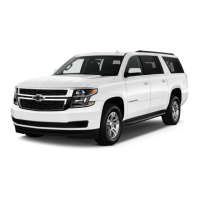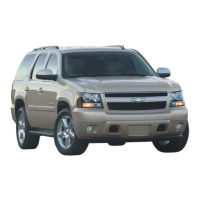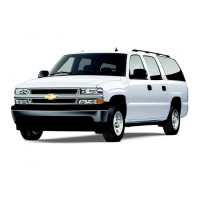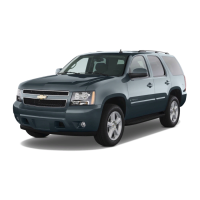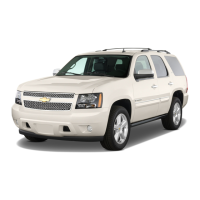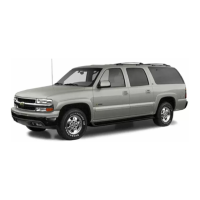I
I
A
CAUTION:
Snow can trap exhaust gases under your vehicle.
This
can cause deadly CO (carbon monoxide) gas
to get inside.
CO
could overcome you and kill
you.
You can’t see it or smell it,
so
you might not
know it is in your vehicle. Clear away snow from
around the base
of
ycur vehicle, especially any
that
is
blocking your exhaust pipe. And check
around again from time to time to be sure
snow
doesn’t collect there.
Open a window just a little on the side of the
vehicle that’s away from the wind. This will help
keep
CO
out.
Run your engine
only
as long as you must. This saves
fuel. When
you
run
the engine, make it go a little faster
than just idle. That is, push the accelerator slightly. This
uses less fuel for the heat that you get and it keeps the
battery (or batteries) charged.
You
will need a
well-charged battery (or batteries) to restart the vehicle,
and possibly for signaling later
on
with
your
headlamps.
Let the heater run for a while.
If you have a diesel engine,
you
may have to run it at
a
higher speed to get enough heat. Then, shut the engine
off and close the window almost all the way to preserve
the heat. Start the engine again and repeat this only
when
you
feel really uncomfortable from the cold. But
do it as little as possible. Preserve the fuel as long as you
can.
To
help keep warm, you can get
out
of the vehicle
and do some fairly vigorous exercises every half hour or
so
until help comes.
Recreational Vehicle
Towing
There may be times when
you
want to tow your vehicle
behind another vehicle for
use
at your destination. Be
sure to use the proper towing equipment designed for
recreational vehicle towing. Follow the instructions for
the towing equipment.
4-41

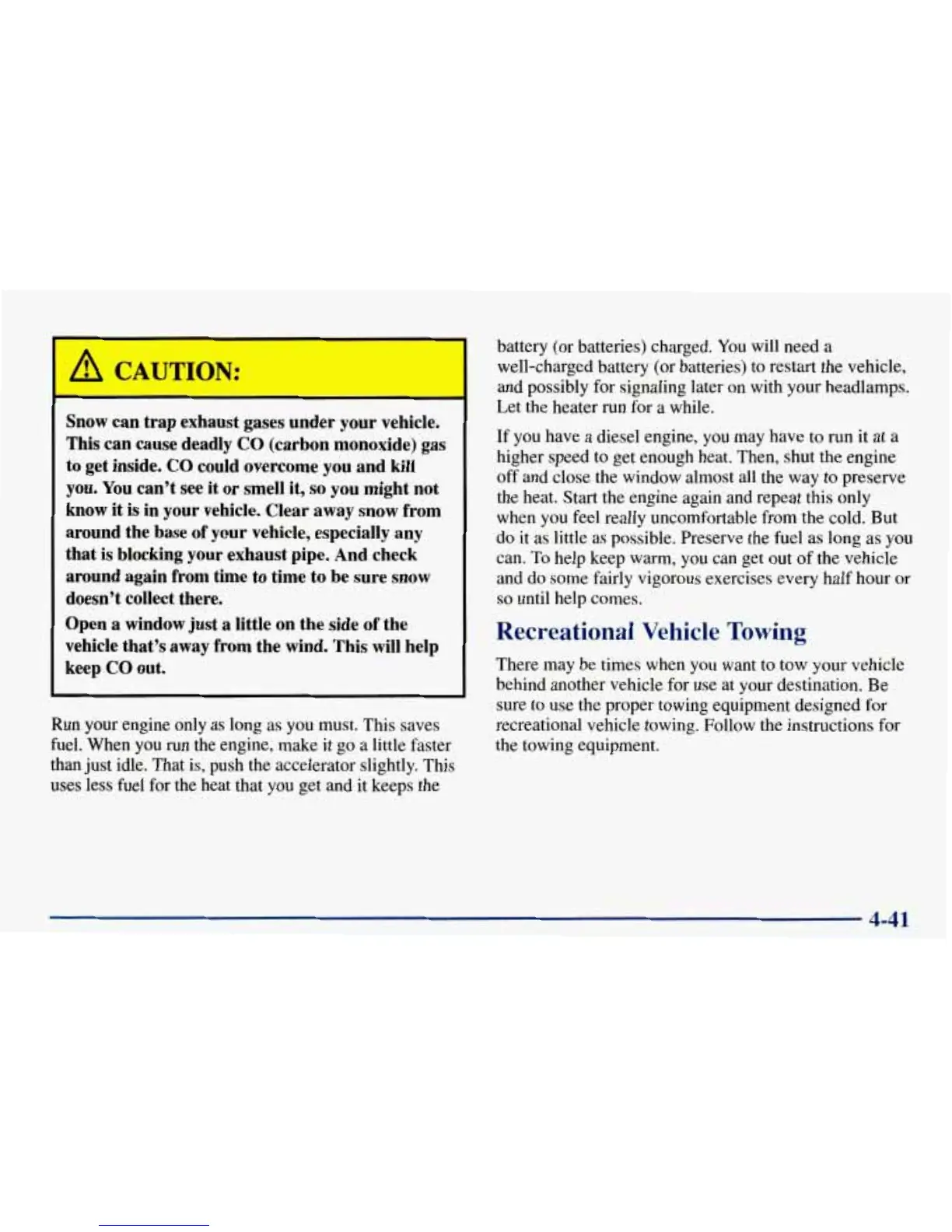